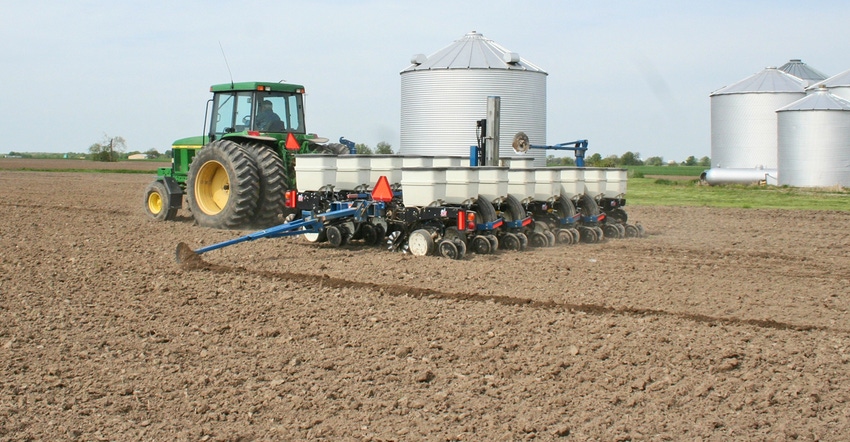August 29, 2018

Ag production 101.
“How many of you currently live on a farm?” I asked. One young lady to my right raised her hand.
I followed with, “How many of you have ever lived on a farm?” Not a single hand went up.
Finally, “How many of you had grandparents that lived on a farm?” Three individuals reluctantly waved their hand.
Just three questions. That is all it took for my assumption to be blown.
Presenting at a National Agricultural Marketing Association (NAMA) boot camp in Kansas City, Mo., I assumed individuals would come from farming backgrounds. After all, the 20 in the room worked in marketing and advertising in the agriculture space. Of all people to tell about farming and farmers, surely, they were not it?
But there I was presenting “Agriculture 101: A year in the life of a farmer-rancher” to a knowledge-hungry group ready to learn. So, I hit the basics of crop production down to the difference between planters and combines; what the inside of a soybean pod looks like; and why the drought in Missouri is so devastating to producers.
I talked livestock production including breeding seasons, where sheep producers replace breeding harness markers every two weeks; when to conduct bull-soundness exams; and why feed intake increases in winter.
There were a few questions. I thanked the group and walked out shaking my head. Why do they not understand the business they work in? The drive home brought enlightenment.
Marketing 101.
InDesign. Immersive video. Qualtrics.
Did I lose you? These are the words agriculture marketing experts understand. They are the tools that drive their business and disseminate farm and ranch information.
InDesign allows them to lay out marketing materials that not only provide information for farmers and ranchers, but also tell the story of agriculture to consumers. Immersive video is a 360-degree camera tool these marketers use to bring customers closer to the farm or farmers closer to machinery. Qualtrics is a survey that determines what is or is not resonating with online site visitors.
Why do we in agriculture not know these terms since these tools could help us in our business? We work in agriculture. Shouldn’t we do whatever it takes to tell our story?
The old judge not, lest ye be judged. Guilty.
When I think back on the why we don’t understand each other’s world, it all boils down to time and expertise.
Farmers and ranchers don’t have much spare time to tell their story. It is difficult enough to learn the latest technology to help us in our fields than those tools used to produce a publication for print or online. Those in marketing and advertising are busy crafting information at computer terminals to feed a hungry online community and have little time left over to visit a farm in the country.
Still, we need the different skill sets these marketing personnel possess to help move our industry forward. And they need — rather, want — to understand a year in the life of a farmer, rancher.
You May Also Like




